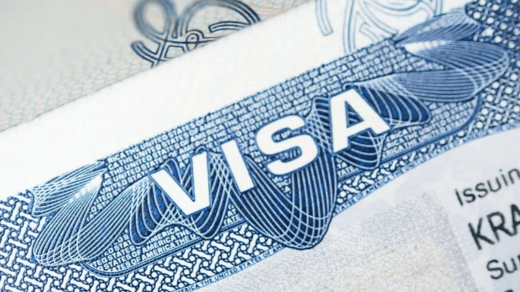
Consular processing
Consular processing is a method by which individuals can apply for a U.S. immigrant visa to become lawful permanent residents (green card holders) of the United States while they are outside of the United States. It is typically used by foreign nationals who are seeking to immigrate to the United States through family-sponsored visas, employment-based visas, or other immigrant visa categories.
Here’s how consular processing generally works:
- Petition Approval: The first step involves a U.S. citizen or lawful permanent resident family member or an employer filing an immigrant petition on behalf of the foreign national with the U.S. Citizenship and Immigration Services (USCIS). If the petition is approved, it establishes the qualifying relationship between the petitioner and the beneficiary.
- National Visa Center (NVC) Processing: After USCIS approves the immigrant petition, it is usually forwarded to the National Visa Center (NVC), which is part of the U.S. Department of State. The NVC collects additional documentation and fees from the beneficiary and schedules visa interviews at a U.S. embassy or consulate abroad.
- Visa Application and Interview: The beneficiary must complete visa application forms, pay required fees, and attend an interview at a U.S. embassy or consulate in their home country. During the interview, a consular officer will determine if the applicant meets the eligibility criteria and is admissible to the United States.
- Medical Examination and Background Checks: As part of the consular processing, applicants may be required to undergo a medical examination to ensure they do not have certain communicable diseases. They are also subject to security and background checks.
- Visa Issuance: If the consular officer approves the visa application, the immigrant visa is stamped or placed in the beneficiary’s passport. They are now eligible to enter the United States as a lawful permanent resident.
- Entry and Arrival in the United States: Once the immigrant visa is issued, the beneficiary has a limited time (usually six months) to enter the United States. Upon arrival, they are inspected by U.S. Customs and Border Protection and admitted as lawful permanent residents. The actual green card will be mailed to their U.S. address after their arrival.
It’s important to note that consular processing is typically used for family-sponsored and employment-based immigrant visas. Asylum seekers, refugees, and certain other categories of immigrants have different processes for obtaining lawful permanent resident status in the United States.
Consular processing can be a complex and time-consuming process, and it’s important to follow the specific instructions provided by the NVC and the U.S. embassy or consulate in your home country. Additionally, immigration laws and regulations may change over time, so it’s essential to consult with an immigration attorney or visit the official U.S. government websites for the most up-to-date information and guidance.
How to apply for Consular Processing?
To apply for consular processing for an immigrant visa to the United States, you typically need to follow these steps:
- Petition Filing: The first step is to have a qualifying family member or employer in the United States file an immigrant petition on your behalf with the U.S. Citizenship and Immigration Services (USCIS). The petition is filed using the appropriate USCIS form based on the category of immigrant visa for which you are eligible. The petitioner (the U.S. citizen or lawful permanent resident) should provide evidence of their relationship to you or the offer of employment if applicable.
- USCIS Approval: Once the immigrant petition is filed, USCIS will review the petition and, if approved, they will send a Notice of Approval to the petitioner.
- Visa Processing Fee Payment: After the petition is approved, USCIS will forward the approved petition to the National Visa Center (NVC). The NVC will notify the petitioner and provide instructions on how to pay the visa processing fees. These fees must be paid online through the Consular Electronic Application Center (CEAC) website.
- Submit Supporting Documents: You will need to gather and submit various supporting documents to the NVC, including:
- Your passport.
- A copy of the petition approval notice (Form I-797).
- Visa application forms, such as the DS-260, which is the Online Immigrant Visa and Alien Registration Application.
- Civil documents, such as birth certificates, marriage certificates, divorce certificates, and police certificates.
- Passport-sized photos.
- Proof of financial support (Affidavit of Support) from the U.S. petitioner or sponsor.
- Attend a Medical Examination: You will need to undergo a medical examination by an approved panel physician. The results of this examination, including vaccinations, will be submitted to the U.S. embassy or consulate.
- Attend a Visa Interview: Once all required documents and fees are paid, the NVC will schedule an immigrant visa interview appointment at the U.S. embassy or consulate in your home country. You will need to attend this interview. Be prepared to answer questions about your background, immigration history, and the purpose of your immigration to the United States.
- Visa Issuance: If the consular officer approves your visa application, they will place an immigrant visa in your passport.
- Travel to the United States: After receiving your immigrant visa, you must travel to the United States within the specified timeframe (usually within six months of visa issuance). Upon arrival in the United States, you will be inspected by U.S. Customs and Border Protection officers and admitted as a lawful permanent resident.
- Receive the Green Card: Your actual green card will be mailed to your U.S. address shortly after your arrival in the United States.







